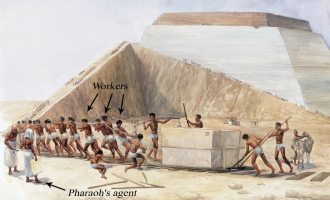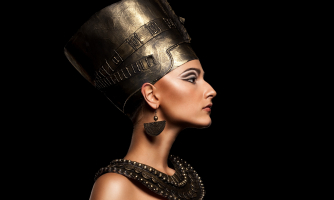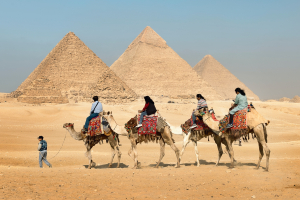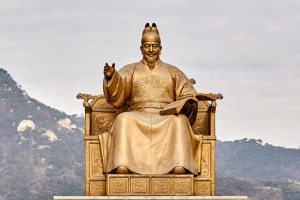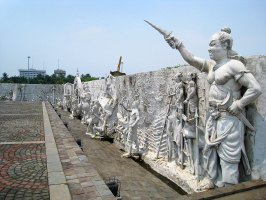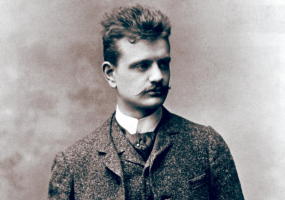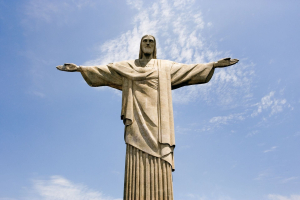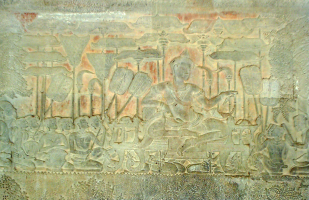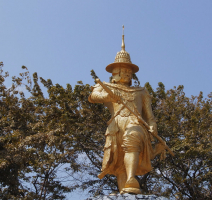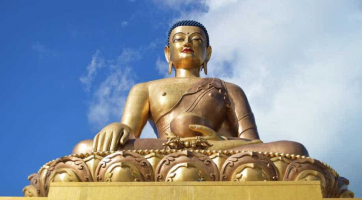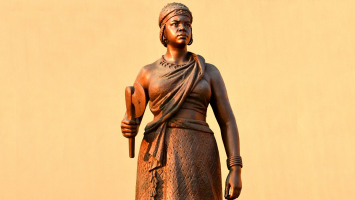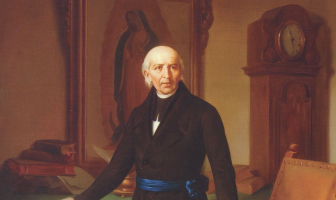Top 10 Egypt's Most Important Pharaohs
One of the longest-lasting and most fascinating civilizations in antiquity, Egypt continues to intrigue us to this day. They produced the pyramids, the sphinx, ... read more...the mummies, and, of course, the pharaohs—the all-powerful rulers of Ancient Egypt who were believed to be descended from the gods themselves—over the course of their 3,000-year history. With such a long history, there were undoubtedly many pharaohs; thus, today we will examine ten of them who, arguably, had the greatest impacts on the history of Ancient Egypt.
-
The first person on this list is Cleopatra, who was probably the last authentic pharaoh of Egypt and one of the most well-known rulers in ancient history. It's believed that Caesarion, her child with Julius Caesar, reigned as the sole pharaoh for a few days following Cleopatra's demise before being assassinated by Roman general Octavian. But he possessed no real authority. Egypt served as a client state for Rome and was no longer the powerful empire it once was.
In addition to her significant historical significance, Cleopatra (who was technically Cleopatra VII, if we're being technical) gained notoriety for her numerous intrigues and affairs. She originally engaged in a power struggle with her brother Ptolemy XIII for the throne, and she charmed Julius Caesar to win his support. In order to designate her son as her new co-ruler, it is thought that Cleopatra later poisoned her other brother, Ptolemy XIV. After Caesar's death, Cleopatra moved on to Mark Antony and joined him in his power war with Octavian. She supposedly used a poisonous snake to kill herself when Antony was vanquished.
The Ptolemaic dynasty was ended by Cleopatra and her son's deaths. Later, as Augustus, Octavian established the Roman Empire, making Egypt one of its provinces. From a historical standpoint, this marked the end of Egypt's dynastic era and the beginning of Roman Egypt, a new chapter in the country's past.Reign: 51–30 BC (21 years)
Predecessor: Ptolemy XII Auletes
Successor: Ptolemy XV Caesarion
Co-rulers:- Ptolemy XII Auletes
- Ptolemy XIII Theos Philopator
- Ptolemy XIV Philopator
- Ptolemy XV Caesarion
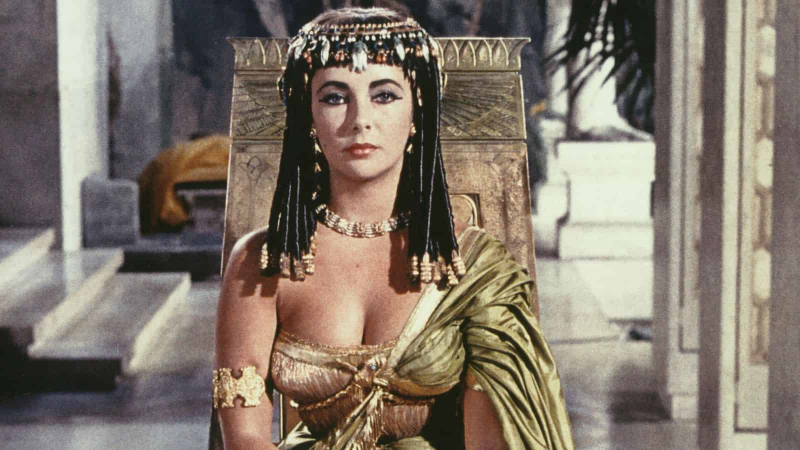
https://www.google.com/ 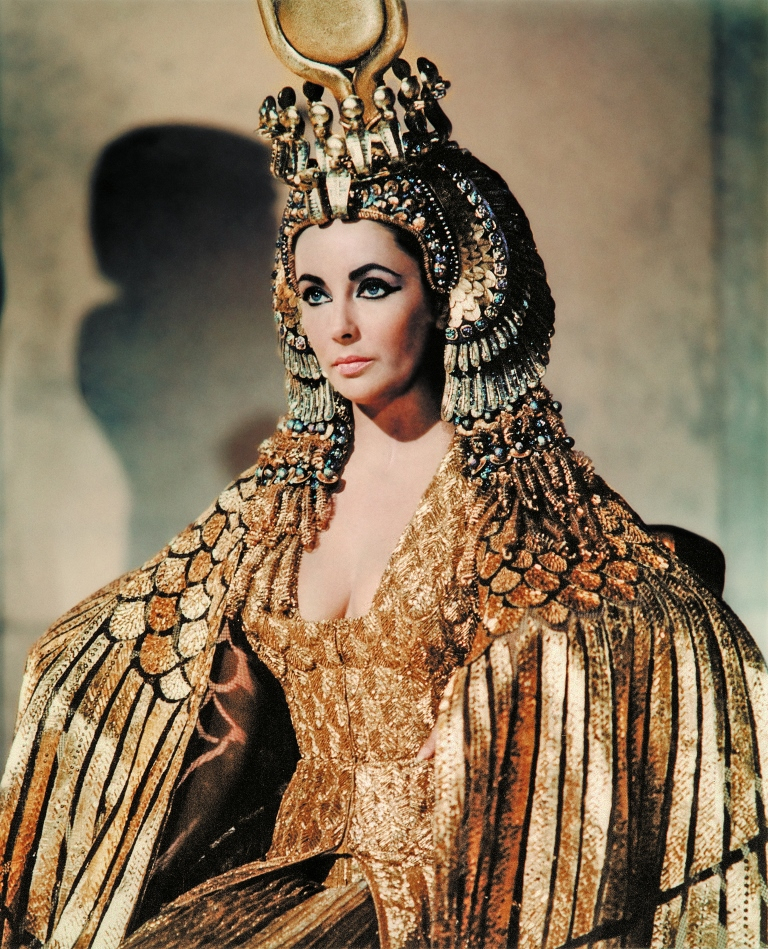
https://www.google.com/ - Ptolemy XII Auletes
-
We now have an entry who represents Egypt at its lowest point in power, which contrasts sharply with the previous one. Cambyses II was Persian, not Egyptian. He was the second king of the Achaemenid Empire and the son of Cyrus the Great. Egypt's once-powerful kingdom was reduced to a minor component of an even larger empire after Cambyses' conquest and ascension as the first pharaoh of the 27th Dynasty, and it was never able to rise to the heights it previously did.
The 26th Dynasty came to an end in 525 BC when Cambyses defeated Pharaoh Psamtik III in the Battle of Pelusium. The 27th Dynasty, which ruled Egypt for 125 years and was primarily composed of Persian pharaohs with a few native Egyptians who managed to revolt for a short while, was part of the Achaemenid Empire when Egypt next became a part of it.
Ancient Egypt under Cambyses II underwent a paradigm shift. The kingdom had previously been under the control of foreign pharaohs, but they always managed to turn the tide and reclaim their independence. They succeeded in doing so here as well, but only for a brief 60-year period before the Persians under Artaxerxes III retook the region. Alexander the Great then followed. His former general Ptolemy established the Greek Ptolemaic dynasty after his death. The era of the pharaohs came to an end when the Romans overcame them.Reign: 530 – July 522 BC
Predecessor: Cyrus the Great
Successor: Bardiya
Co-ruler: Cyrus the Great (530 BC)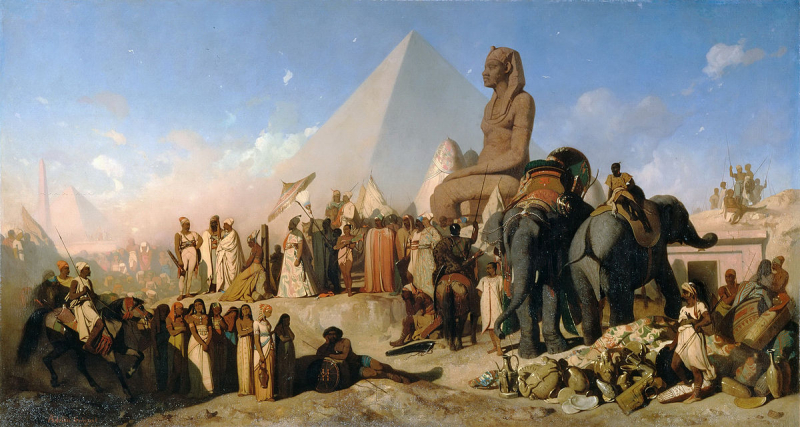
https://www.google.com/ 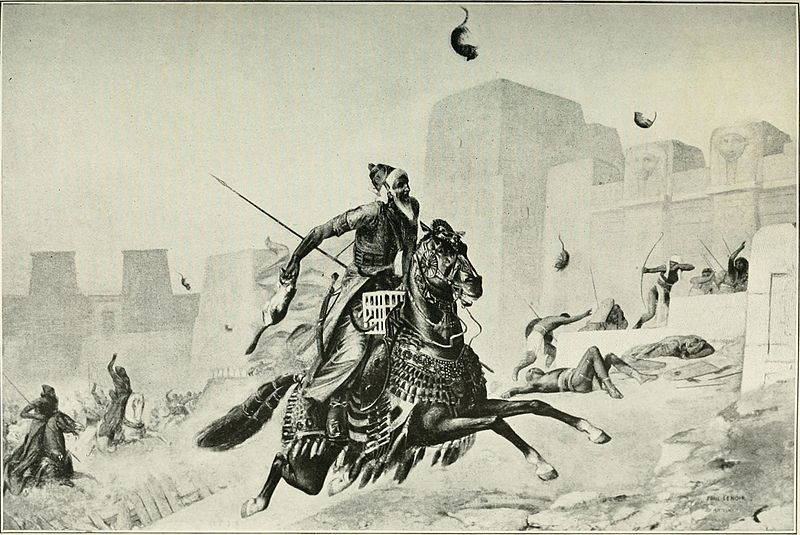
https://www.google.com/ -
Many academics believe Ramses II, usually written Ramesses and occasionally known as Ozymandias, to be the greatest pharaoh in Egyptian history. He ruled for an unusually long time, until he was in his early 90s, and was the father of about 100 children. He was one of Ancient Egypt's most effective military leaders as well as one of its most productive builders. He may have pushed his civilisation to its pinnacle of dominance after more over six decades in control, and even now, signs of his tremendous reign can be seen all around Egypt.
After the reign of Seti I, Ramses' father, a successful king who left behind a prosperous nation and raised it to new heights, Ramses assumed the throne of Egypt. Ramses began by ordering the construction of several buildings, including monuments, funerary temples, religious temples, and numerous enormous statues of himself.
The pharaoh then began a series of military operations against the Hittites, the Canaanites, the Lybians, and the Nubians. Many people consider his victory over the Hittites at the Battle of Kadesh to be his greatest accomplishment, but it is also significant from an academic standpoint because the treaty's text still exists and is still in both languages, which is unusual for that period.The text is only the beginning, though, as so many other remnants of his reign are still in place. There's the Ramesseum temple complex, the enormous rock-cut temples at Abu Simbel, all the enormous pharaoh statues, and of course the mummy of Ramses himself. Each one serves as a reminder of Ramses II's rule over Egypt.
Reign: 1279–1213 BC (19th Dynasty)
Predecessor: Seti I
Successor: Merneptah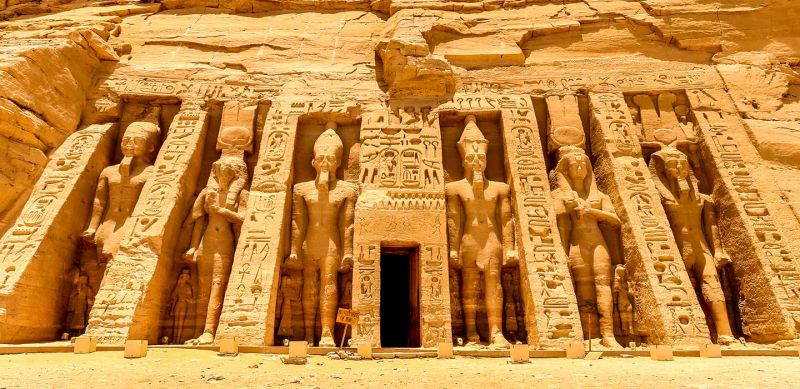
https://www.google.com/ 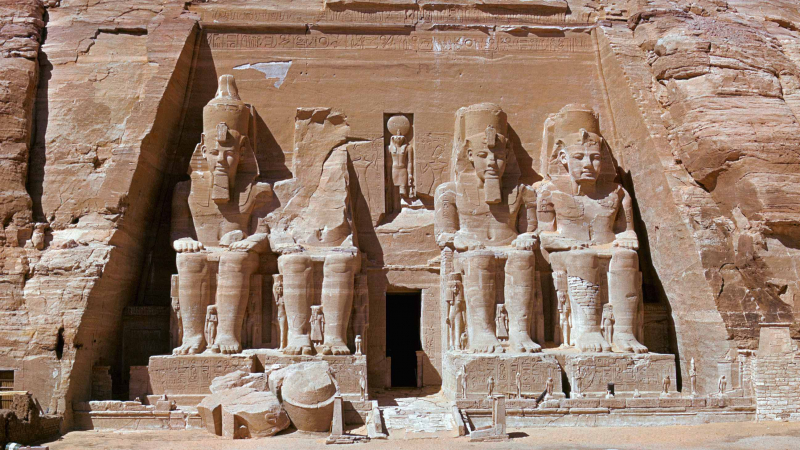
https://www.google.com/ -
The most well-known pharaoh in history, Tutankhamun, hardly requires an introduction for this entry. He was Akhenaten's son and succeeded his father to the throne when he was just eight or nine years old. Tutankhamun spent the first part of his reign undoing his father's decisions, restoring Thebes as the capital and the worship of the old gods because the Egyptians had firmly rejected Atenism. The "Boy King" later declared his father to be a heretic who shouldn't be remembered and distanced himself from him.
Tutankhamun probably didn't have any significant influence on the situation himself. Even though he was pharaoh, he was still a kid, and Ay, who took his place as pharaoh, made the most of his judgments. Tutankhamun passed away at the age of 17 after a relatively brief reign. While his fame was obviously not enough to merit inclusion on this list, it was all acquired after his death, approximately 3300 years later.
Howard Carter found King Tut's tomb in the Valley of the Kings in November 1922. Previous pharaoh tombs had been discovered, but none were quite like this one. Over 5,000 objects, including Tutankhamun's famous gold mask, his nearly intact sarcophagus and mummy, a meteorite-made dagger, a pair of trumpets, and other priceless artifacts were retrieved from the tomb, which gave us a glimpse into the past that, up until that point, we had previously believed to be impossible.Reign: c. 1332 – 1323 BC, New Kingdom (18th Dynasty)
Predecessor: Neferneferuaten
Successor: Ay (granduncle/grandfather-in-law)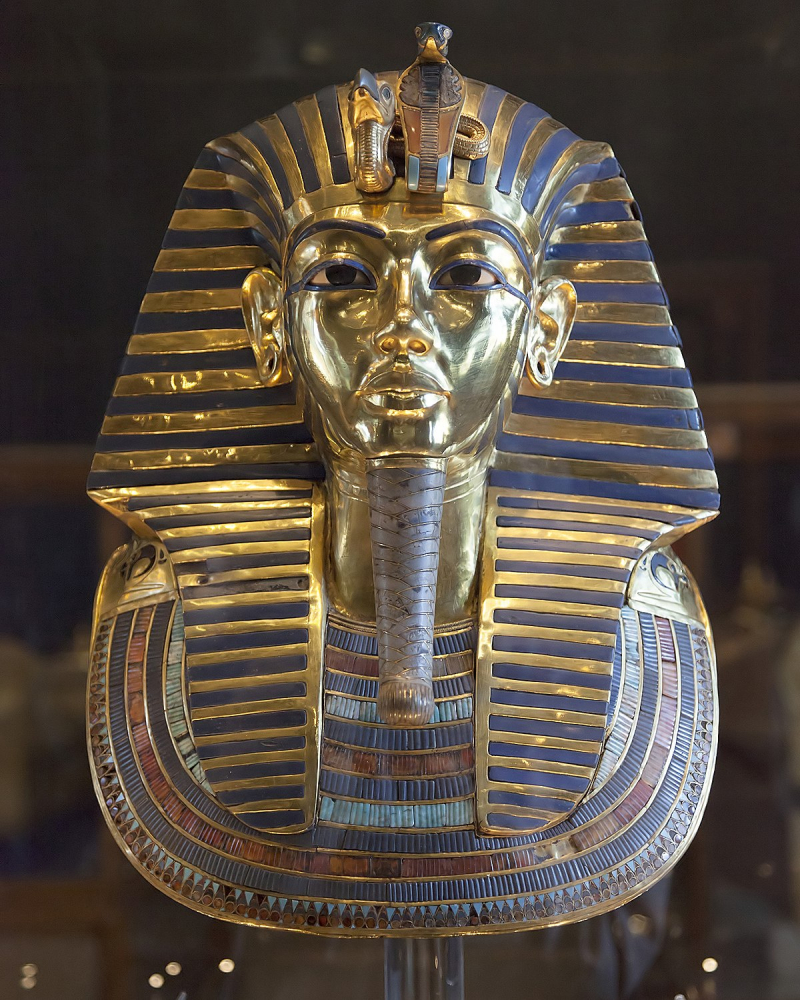
https://www.google.com/ 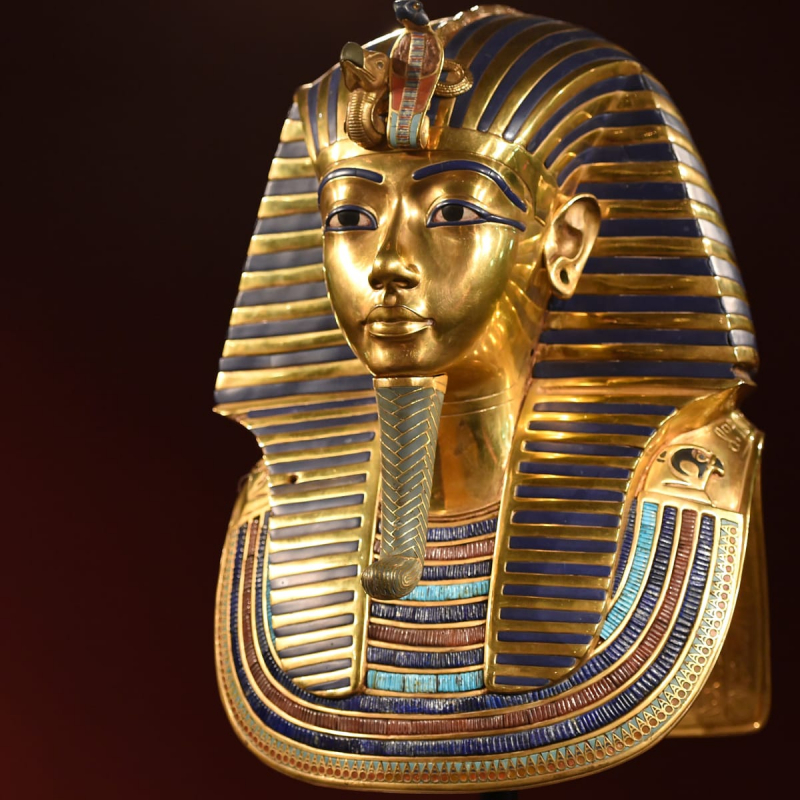
https://www.google.com/ -
We're still in the 18th Dynasty, but now we're going to talk about a pharaoh who became famous forever for something quite different. Akhenaten, who was Amenhotep IV at first, is known as a heretic who disregarded centuries of religious tradition. He eliminated all the previous deities and established Atenism, a new monotheistic faith that was centered around the veneration of Aten, the sun disc.
The king also founded Akhetaten, which later took the name Amarna, at the same time that he decided he required a new city to serve as his capital. Amarna also gave its name to a new, brief art movement that is still unmatched in Egyptian history.
All other facets of Akhenaten's rule suffered as a result of his obsession with Atenism. We don't know exactly when he died or who succeeded him because his last few years as pharaoh are poorly chronicled, but we do know that Atenism perished along with him. After Akhenaten's death, the Egyptians swiftly abandoned his new city after only 20 years of occupation and promptly undid all of his reforms.
We're glad everything worked out, since we might not have learned about him otherwise. In an effort to erase Akhenaten from history, his temples were destroyed after his passing and his name was omitted from monuments. And it was effective for 3300 years until the Amarna ruins were discovered during the 19th century.Reign:
- 1353–1336 BC
- 1351–1334 BC (18th Dynasty of Egypt)
Predecessor: Amenhotep III
Successor: Smenkhkare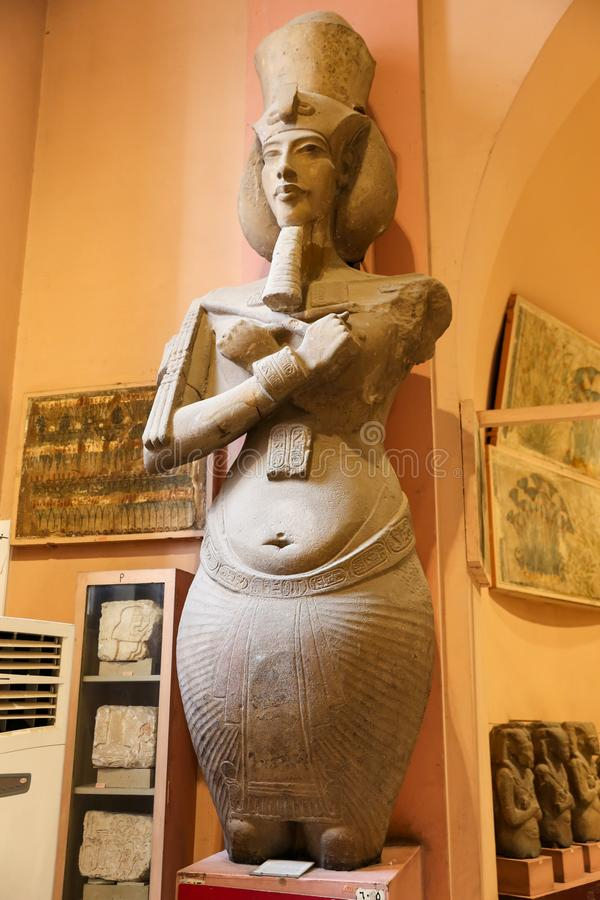
https://www.google.com/ 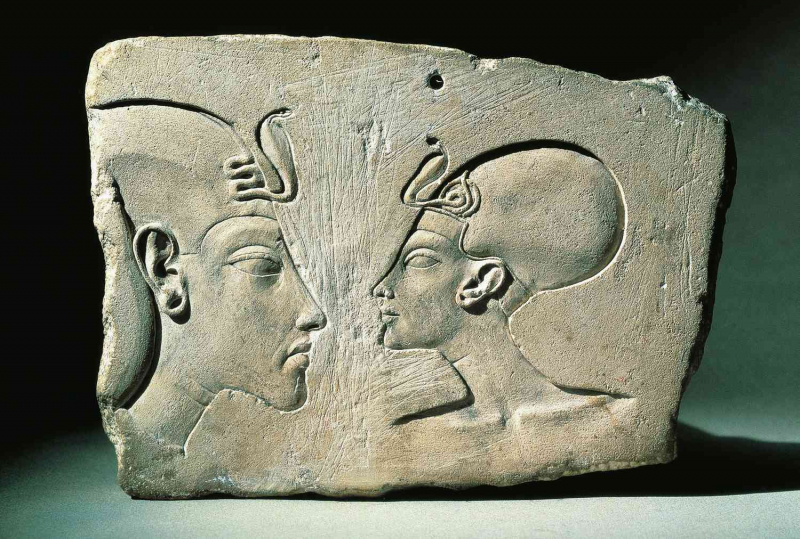
https://www.google.com/ - 1353–1336 BC
-
Following the Middle Kingdom, the Second Intermediate Period, as its name suggests, was another period of unrest. Egypt was divided once more, but this time a significant portion had been lost to a foreign power. The Hyksos, who took control of the majority of Egypt and established the 15th Dynasty, were responsible. The native pharaohs, meantime, were only still in charge of Thebes and the area around it, and the Hyksos and the Sixteenth and Seventeenth Dynasties shared authority of this territory.
This time, a lengthy war that lasted throughout numerous pharaonic reigns was what brought Egypt back to its former splendor. Ahmose I, who restored Egypt's unity, decisively conquered the Hyksos, and inaugurated the third and last golden period known as the New Kingdom, brought it to a close. He was the first pharaoh of the 18th Dynasty, a significant dynasty that, as you'll soon see, is well-represented in this list. Ahmose I is only given an honorable mention because we are only allowing ten submissions and are concentrating on Hatshepsut, the fifth pharaoh of the Eighteenth Dynasty.
Why is this pharaoh unique? A female, Hatshepsut was. In addition, James Henry Breasted, an Egyptologist in the 19th century, referred to Hatshepsut as the "first great woman of history of whom we are aware." Thutmose III's stepmother Hatshepsut first served as his regent, but after he reached adulthood, she did not abdicate her position and established herself as the pharaoh in her own right. Many people believe that Hatshepsut committed this act out of a simple thirst for power, but some assume that she did it to shield her stepson from a rival relative who was fighting for the throne.
Thutmose III, who also deserves to be mentioned here on our list, extended Hatshepsut's rich and powerful empire to its largest size ever after a long and fruitful reign. She wasn't the first female pharaoh; at least one, possibly two, and more people who served as regents did. But without a question, Hatshepsut was the most powerful woman to rule Ancient Egypt.
Reign: c. 1479 – 1458 BC (18th Dynasty)
Predecessor: Thutmose II
Successor: Thutmose III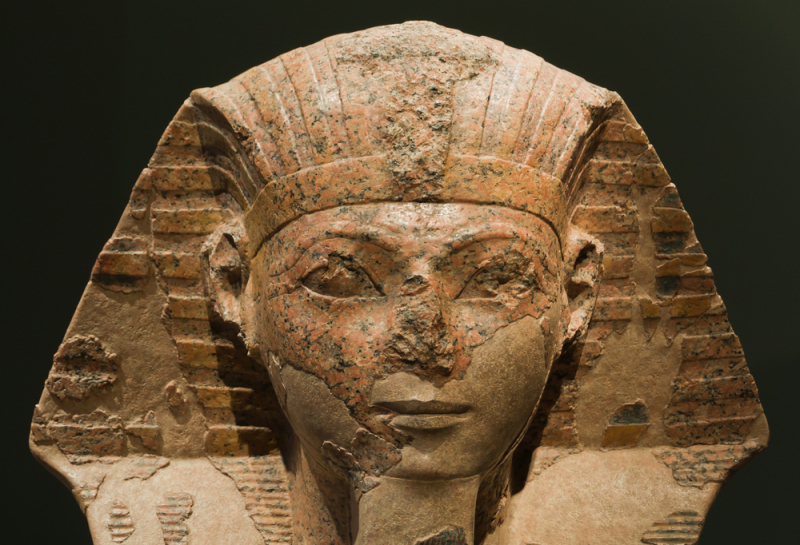
https://www.google.com/ 
https://www.google.com/ -
Even though the Age of the Pharaohs is recognized for its length, it almost came to an end much sooner without Mentuhotep II. For this reason, even though his name may not be well-known to many people, he belongs on this list.
Around 2200 BC, the Sixth Dynasty came to an end, along with what is known as the Old Kingdom of Egypt. It was followed by the First Intermediate Period, a 125-year period marked by conflict and anarchy. The pharaohs of Upper Egypt governed from Thebes during this time, while those of Lower Egypt created a new capital at Heracleopolis. Egypt was no longer a one entity during this time. At least four and a half dynasties are supposedly included in the First Intermediate Period, but we know little little about their kings. Many of them had brief reigns that lasted only a few years, and today all we know of them is as names on a list of monarchs.
As the sixth pharaoh of the 11th Dynasty, Mentuhotep II controlled Upper Egypt alongside the 10th Dynasty, which ruled over Lower Egypt. He began a military campaign against Lower Egypt in the 14th year of his rule, and he gradually but steadily drove the opposing forces further north. Around this time, Merikare, the rival pharaoh of the 10th Dynasty, passed away, facilitating Mentuhotep's advancement and ultimately leading to the unification of the two Egypts with the conquest of Heracleopolis. Mentuhotep II established the Middle Kingdom, Egypt's next golden age, and has been referred to be the "second founder" of Egypt in later inscriptions.Reign: 2060–2009 BC (11th Dynasty)
Predecessor: Intef III
Successor: Mentuhotep III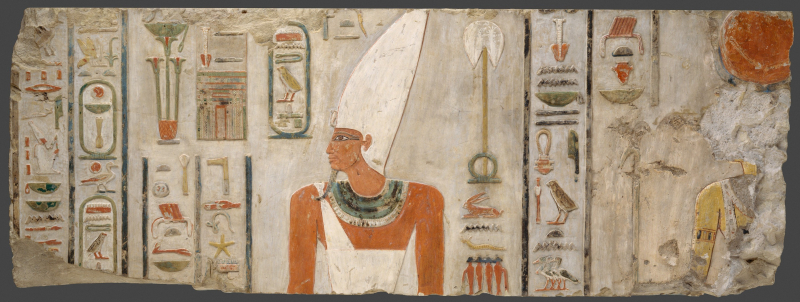
https://www.google.com/ 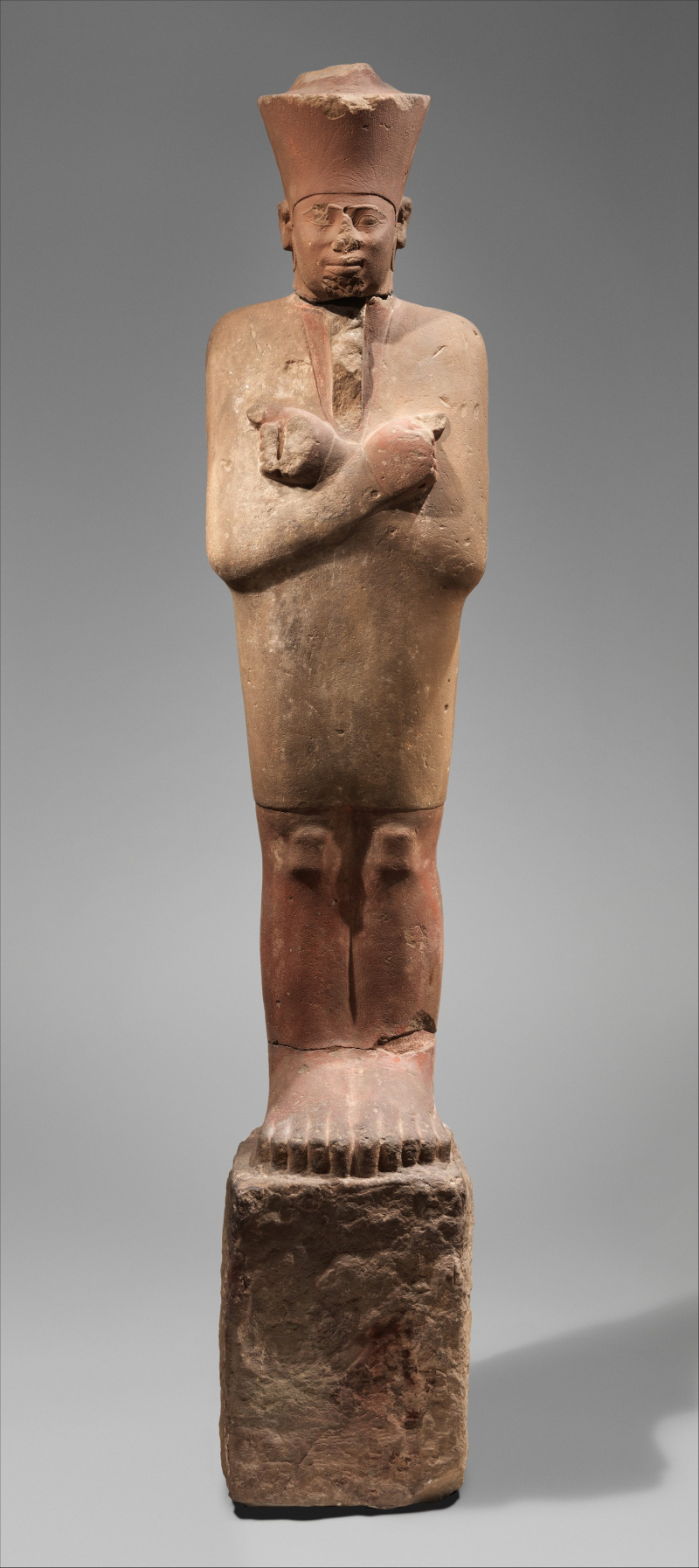
https://www.google.com/ -
When discussing pyramids, it is necessary to bring up Khufu, the pharaoh who built the Great Pyramid of Giza, one of the Seven Wonders of the Ancient World and the greatest pyramid in Egypt. The Fourth Dynasty mastered the practice of building pyramids to serve as the pharaohs' royal tombs, however the Third Dynasty may have initiated the pattern.
This gave rise to the Giza Plateau, which is presently located outside of Cairo and has three enormous pyramids that continue to stand in defiance of humanity's transient nature, together with the Great Sphinx, another well-known ancient marvel, and a few other smaller, subsidiary pyramids. They belonged to Khufu as well as to Khafre and Menkaure, two Fourth Dynasty pharaohs who are given honorable mentions on this list. Outside of his pyramid, very little is known about Khufu, but just building it was enough to make him famous.
Reign: 2589–2566 BC (63 years according to Manetho); (26 or 46 years according to modern historians) (4th Dynasty)
Predecessor: Sneferu
Successor: Djedefre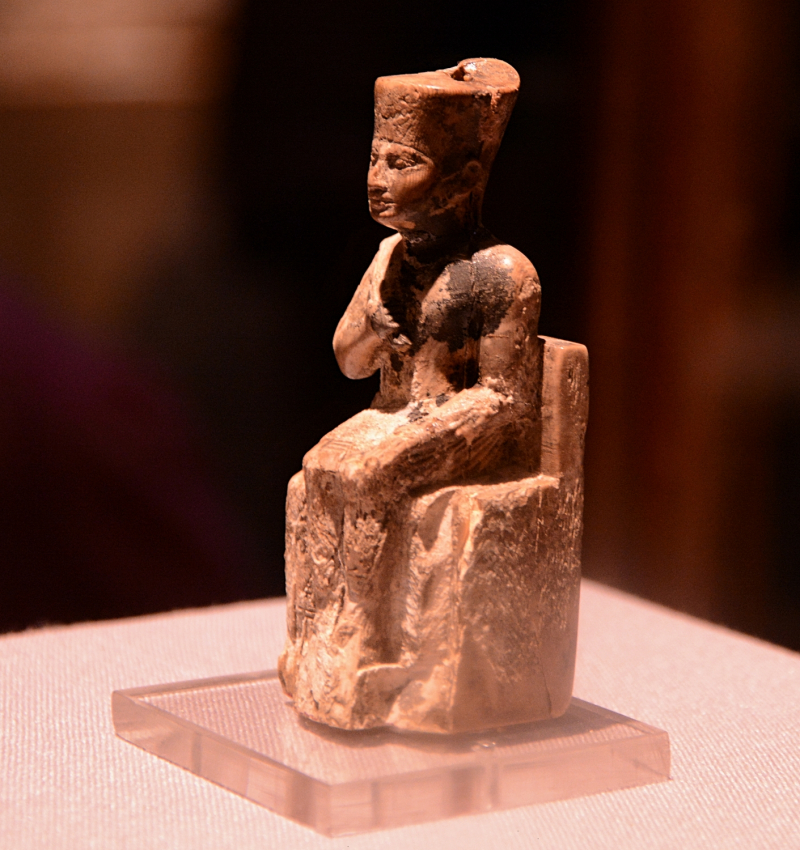
https://www.google.com/ 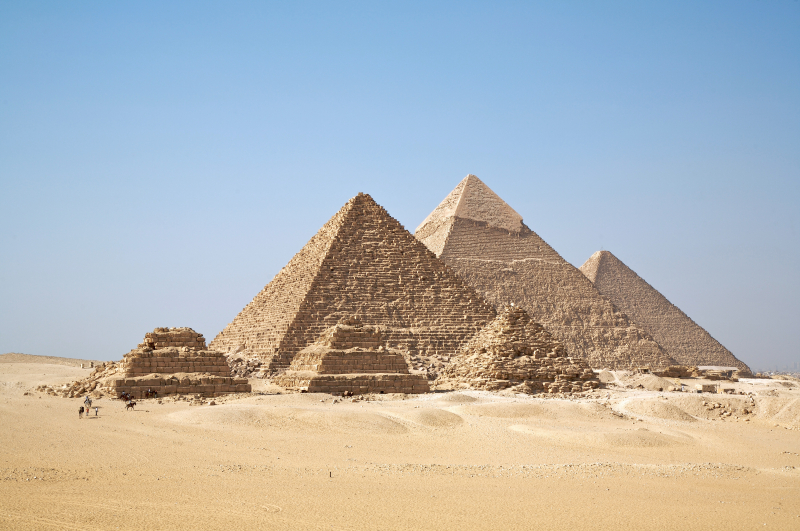
https://www.google.com/ -
Pyramids are undoubtedly one of the first images that people have when thinking of the Egyptians. However, the building of these antiquated wonders took a long time because the Egyptians did not immediately build pyramids. Since the pharaoh's afterlife was not a major aspect of their civilization, they lacked the skills and motivation to construct these intricate monuments. not yet, at least...
The earliest pharaohs were laid to rest in simple tombs, which were just a few rooms cut into the earth and lined with mud bricks. A mastaba, which is a tomb with a flat, rectangular roof, was present in some of them. Gallery graves increased in frequency during the second dynasty, however some of their tombs are still unknown today.
Then the Third Dynasty's first pharaoh, Djoser, arrived. He appears to have had a protracted reign, during which he oversaw several fruitful military ventures and obtained valuable resources for his realm. His tomb at the Saqqara necropolis, which is not only Egypt's earliest pyramid but also the country's oldest surviving stone structure, is the only thing for which he is remembered.
Imhotep, the royal architect of Djoser, is typically credited with this accomplishment. He began with a standard mastaba, but added another, smaller one on top of it because he intended to build something bigger than anything ever seen before. After that, another was placed on top of that, followed by yet another. The Step Pyramid eventually reached six tiers and about 200 feet in height after continuing in this manner. Fortunately for us, he constructed it using cut limestone rather than mud bricks, which is why it is still standing nearly 5,000 years later.Reign: 19 or 28 years ca.
- ca. 2686–2648 BC,
- 2687–2668 BC,
- 2668–2649 BC,
- 2667–2648 BC,
- or2630–2611 BC (3rd Dynasty)
Predecessor: Khasekhemwy (most likely) or Nebka
Successor: Sekhemkhet (most likely) or Sanakhte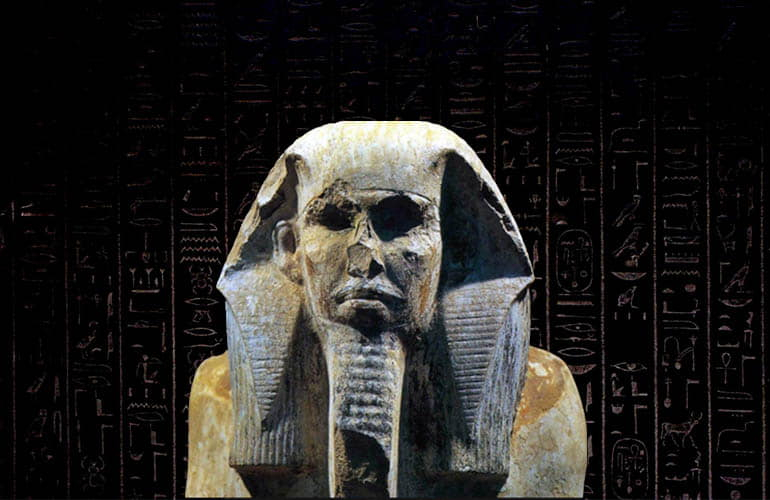
https://www.google.com/ 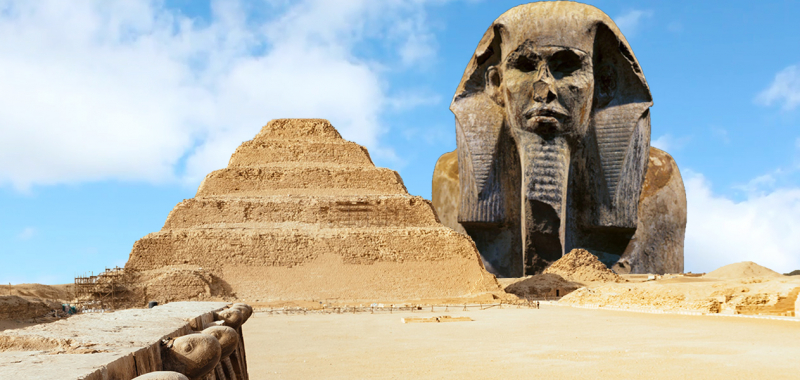
https://www.google.com/ -
It is not surprise that the first pharaoh of Ancient Egypt, who united the two territories of Upper and Lower Egypt and established the First Dynasty more than 5,000 years ago, is at the top of this list. Scholars continue to disagree over who he is, though.
In essence, Narmer and Menes are the only names we have to work with. Evidence points to either guy as the first pharaoh, albeit Narmer's case appears to be stronger. Since it was created during his lifetime, the Narmer Palette serves as a good illustration. In addition to naming Narmer, it also depicts him donning the crowns of both Upper and Lower Egypt.
The idea that Narmer and Menes were actually the same person has been debated among Egyptologists for a century. This idea isn't completely implausible because pharaohs were known by several names. Whatever his name, it is what he accomplished that counts, since the first pharaoh established a new empire that would go on to occupy a singular and indisputable position in ancient history.
Reign: c. 3150 BC (1st Dynasty)
Predecessor: Ka
Successor: Hor-Aha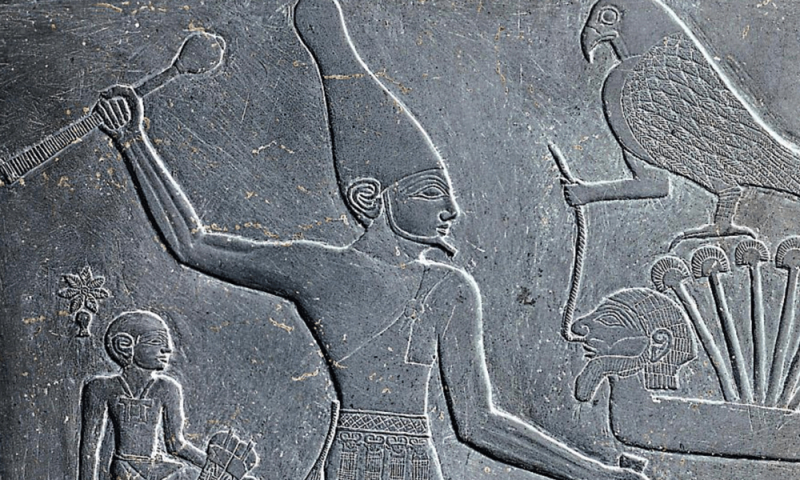
https://www.google.com/ 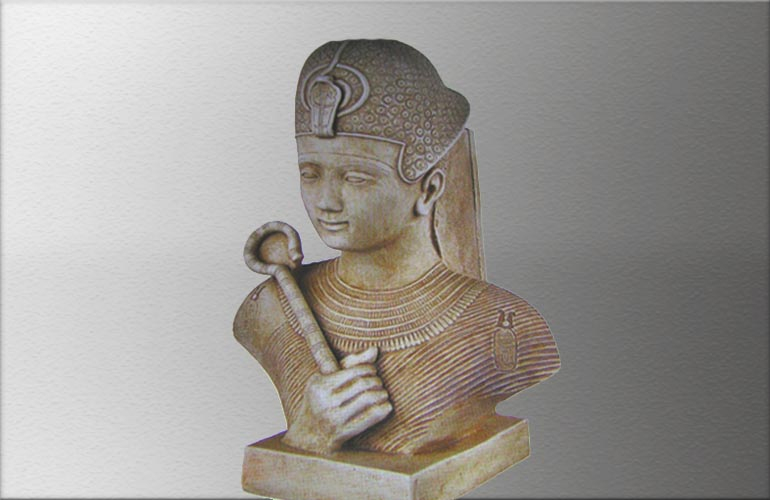
https://www.google.com/












